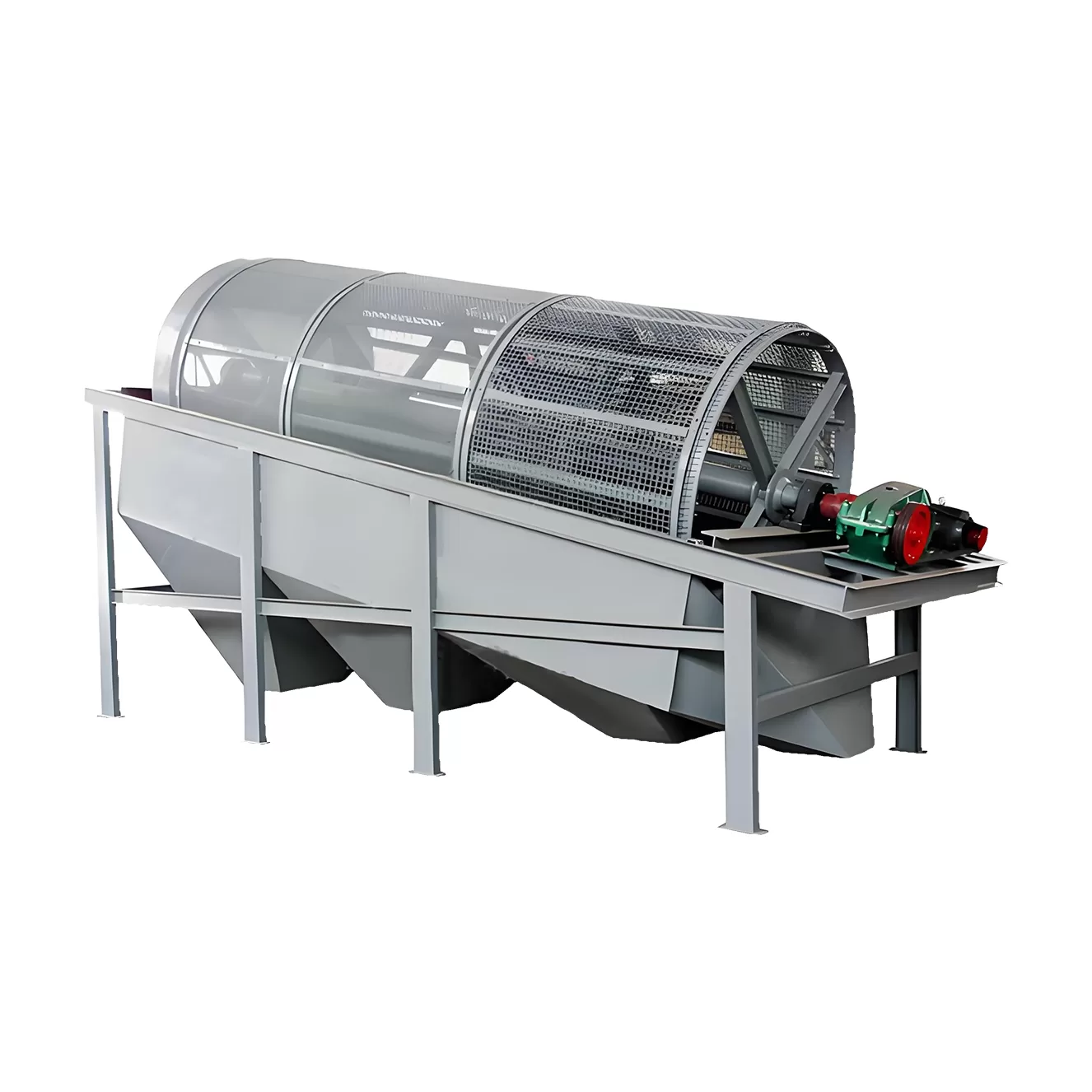全站搜索
Search the entire website
Search the entire website
Trommel screens are one of the oldest screening devices, their structures are very simple but yet with high sorting accuracy and efficiency.
Trommel screen has wide range of sizes and capacities,Mining Machinery Rrotating Vibrating Drum Sieve is a mechanical screening machine used to separate materials. Trommel screen consists of a perforated cylindrical drum that is normally elevated at an angle at the feed end,motor,reduction unit,screen frame and sealing cover. When materials flow towards along the inclined rotating drum,materials jump and roll,he undersized material smaller than the screen apertures passes through the screen, while the oversized material exits at the other end of the drum.
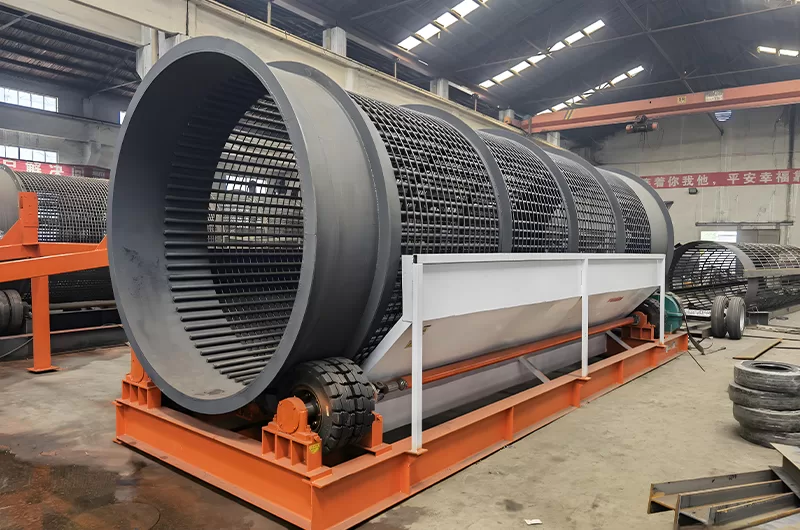
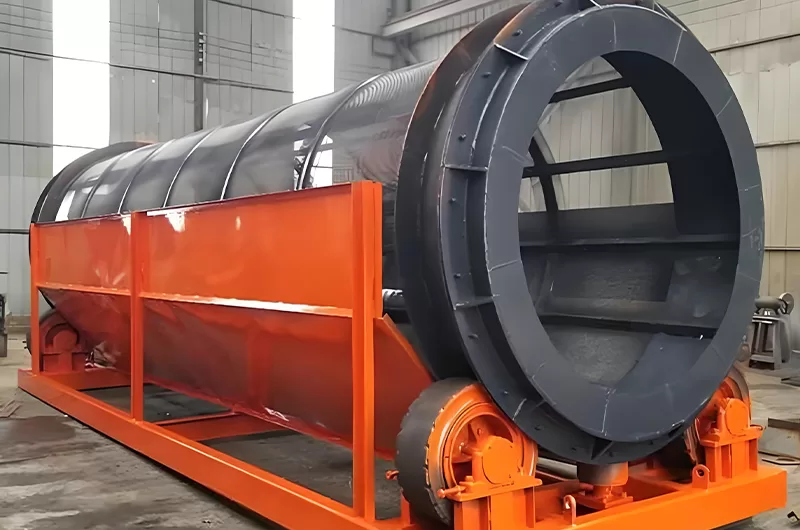
1. Abrasive material and ceramic industry: building sand, mica, alumina, silica sand, abrasive, refractory materialetc.
2. Metallurgy and mining industry: quartz sand, sand, ore, titanium oxide, zinc oxide, etc.
3. Mechanical industry: casting sand, charcoal, grafito, powder metallurgy, electromagnetic material and metal powder, etc.
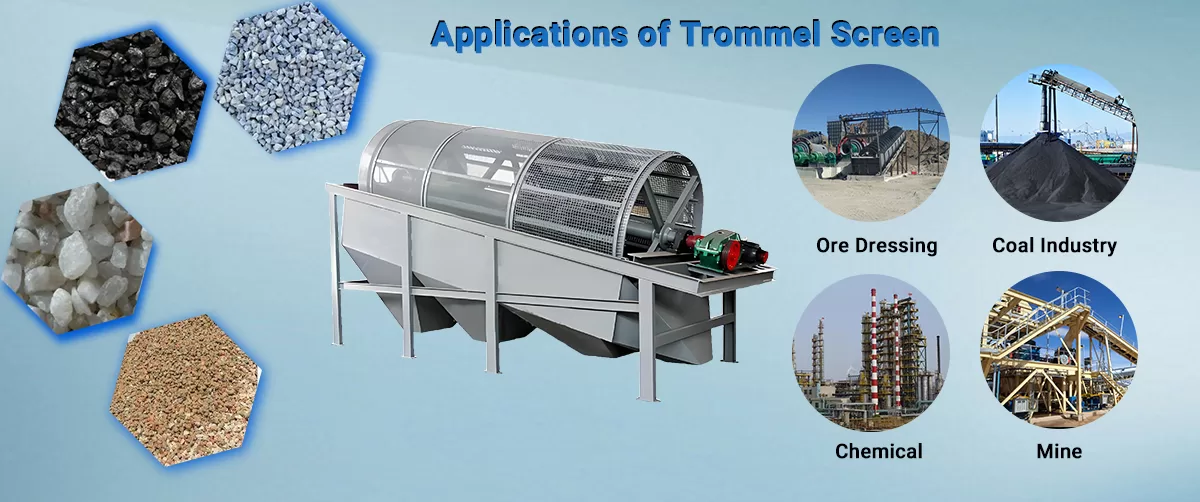
The drum body of the drum screen is generally divided into several sections, depending on the specific situation, the screen holes are arranged from small to large, and the screen hole diameter on each section is the same.
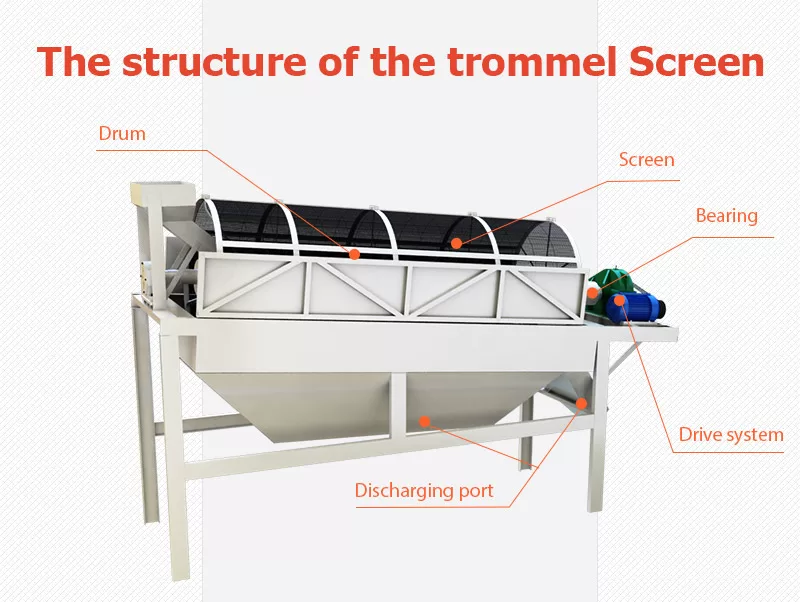
Trommel screen is consisting of five parts: drum, frame, hopper, reducer and motor.
After the material goes into the drum, it is screened along with the rotation of drum. At same time, the larger size materials flow forward along the direction of slope and be separated by the screen with different numbers of meshes. The different materials fall into different hoppers and then are sent to different finished product stacks by manpower or belt conveyor.
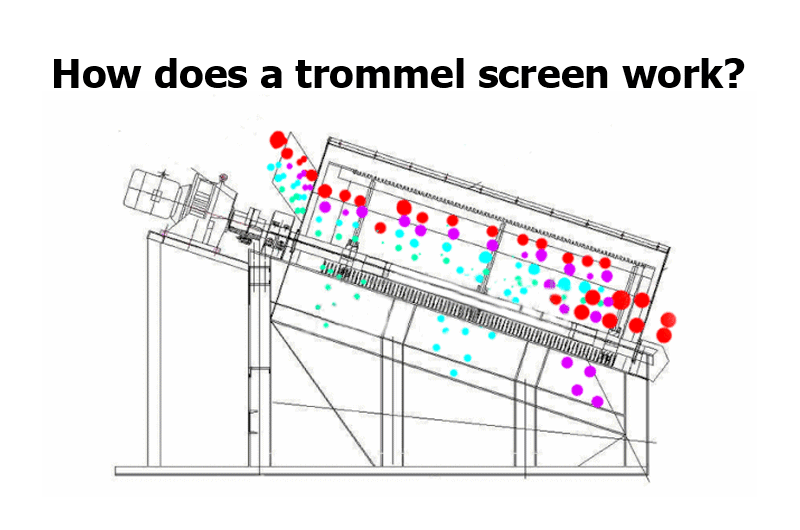
| Model | Screen Size(mm) | Feeding Size(mm) | Drum Dia (mm) | Drum length (mm) | Process Capacity(t/h) | Motor Power(kw) |
| GT0513 | ≤20 | ≤80 | 500 | 1300 | 1-5 | 3 |
| GT0813 | ≤20 | ≤80 | 800 | 1300 | 5-10 | 4 |
| GT1015 | ≤20 | ≤80 | 1000 | 1500 | 10-15 | 5 |
| GT1020 | ≤25 | ≤80 | 1000 | 2000 | 15-20 | 5.5 |
| GT1225 | ≤25 | ≤100 | 1200 | 2500 | 20-50 | 7.5 |
| GT1530 | ≤25 | ≤100 | 1500 | 3000 | 40-70 | 11 |
| GT1545 | ≤25 | ≤100 | 1500 | 4500 | 70-100 | 15 |
| GT1848 | ≤50 | ≤100 | 1800 | 4800 | 100-150 | 22 |
| GT2055 | ≤50 | ≤100 | 2000 | 5500 | 150-200 | 30 |
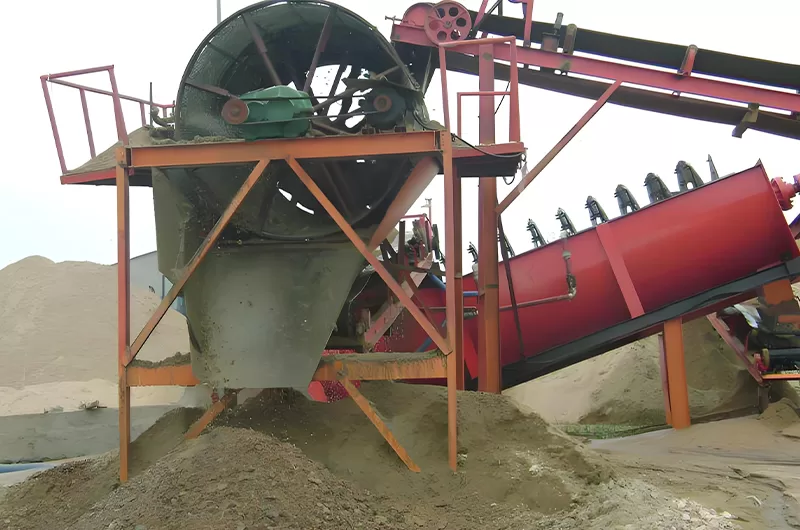

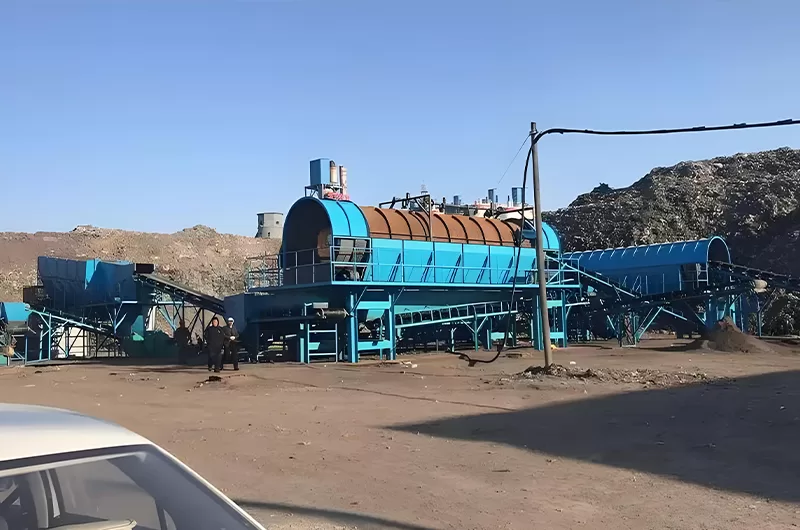
Answer: Key factors influencing separation include the table’s motion (stroke and frequency), water volume and slope, feed rate and concentration, and the feed material’s particle size and shape. Proper adjustment of these factors is critical for efficient separation. The table’s longitudinal and transverse slopes must be precisely controlled. The feed concentration should also be appropriate, typically 20-30% for coarse minerals and 15-25% for fine minerals.
Answer: Operation involves observing the bed surface and adjusting the slope, water flow, and feed rate. Regular maintenance includes checking for loose parts, lubricating moving components, inspecting for wear, and cleaning the table surface. Preventative maintenance should be performed regularly, with intervals ranging from every month to once a year.
Answer: Common issues can include table shaking or choppy cuts, uneven material distribution, or poor separation. Troubleshooting may involve checking for loose bolts, damaged springs, or misalignment, adjusting belt tension, inspecting electrical components, and ensuring proper lubrication. If there’s unusual noise, identify the source and eliminate the problem.
Answer:
Advantages: Shaking tables offer high enrichment ratios, are relatively simple to operate, and produce visible separation zones, allowing for easy adjustment and monitoring. They are suitable for a wide range of particle sizes and densities.
Disadvantages: They typically have lower throughput capacity compared to some other methods like jigs or spirals. They also require a relatively large footprint and consume a significant amount of water.
Answer: The selection depends on the material being processed, the desired throughput, and the particle size range. Factors to consider include the deck area, stroke length, and riffle design. Consulting with a manufacturer or expert is recommended to determine the optimal configuration.
